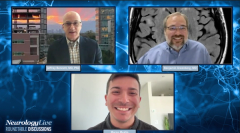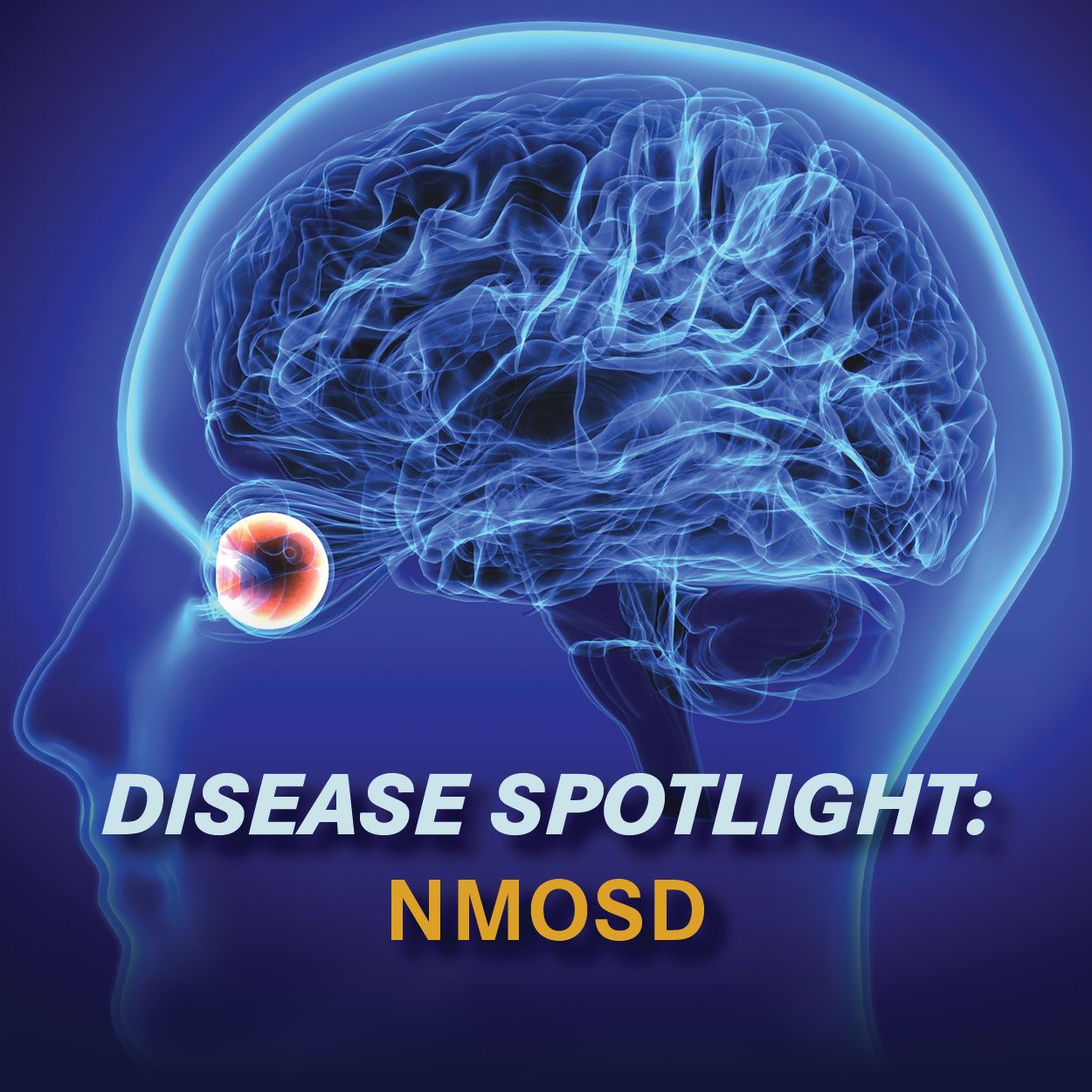
Evaluating the Treatment Pipeline for MOGAD

In this discussion, the pair of neurologists explore the latest drug development and ongoing clinical trials for MOGAD, a rare neuroimmune disorder. [WATCH TIME: 4 minutes]
WATCH TIME: 4 minutes
Episodes in this series

Over the last 2 decades, the understanding of inflammatory demyelinating disorders of the central nervous system has radically changed with the identification of specific autoantibody-associated conditions distinct from multiple sclerosis (MS), namely aquaporin-4-IgG-positive neuromyelitis optica spectrum disorder (NMOSD) and myelin oligodendrocyte glycoprotein (MOG)-IgG-associated disease. In the most recently published diagnostic criteria of MOGAD, the identification of MOG-IgG was considered a core criterion, marking a major step in improving care and diagnosis rates.
That criterion, which was authored by
In episode 4, Bennett, a professor of neurology at the University of Colorado School of Medicine, and Greenberg, a pediatric neurologist at the University of Texas Southwestern Medical Center, discussed the current landscape of treatment options for MOGAD. The duo highlighted 2 promising studies: the COSMOG trial investigating rozanolixizumab, and the METEROID trial testing satralizumab, both with differing mechanisms of action. In the discussion, Bennett and Greenberg emphasize the importance of exploring diverse treatment options for this rare condition, noting that the trials not only provide potential therapies but also deepen the understanding of the disease’s biology. Furthermore, they touch on the evolving role of immune-modulating drugs, like anti-IL-6 inhibitors, and discuss how the availability of varied administration methods can address the individual needs of patients.
SRNA is also hosting the 2024 Rare Neuroimmune Disorders Symposium (RNDS) on October 18-20th. The RNDS was created to bring together individuals diagnosed with acute disseminated encephalomyelitis (ADEM), acute flaccid myelitis (AFM), MOG antibody disease (MOGAD), neuromyelitis optica spectrum disorder (NMOSD), optic neuritis (ON), and transverse myelitis (TM) and clinicians and researchers that focus on these disorders. Invite your patients who may benefit from attending either virtually or in person in Dallas, TX. Healthcare professionals are also welcome to join! Learn more
Transcript edited below for clarity.
Marco Meglio: We're still kind of missing that elusive, first approved therapy. Where do we stand on drug development right now? And could you talk a little bit about some of the ongoing studies or agents in the pipeline that you're paying attention to? Hopefully, we might see a little more success.
Benjamin Greenberg, MD: So there are multiple industry-sponsored and investigator-initiated trials for different drugs and interventions for anti-MOG associated disorder. Two of them, in particular, are being conducted nationally, and even internationally to a degree, looking at drugs that have been studied in other conditions. One of the studies, called COSMOG—C-O-S-M-O-G—is investigating rozanolixizumab. Try saying that five times fast! It’s being studied in the setting of anti-MOG associated disorder. The second trial, called METEOROID, is looking at satralizumab for the same condition.
What’s exciting about these trials is that these are very different drugs with very different mechanisms of action. And I highlight that because it's great to have variety—options are critical if both drugs work. No drug ever works for 100% of patients, so having multiple options is extremely important. Through the success or failure of these drugs, we'll also learn a lot about the disease itself, particularly about the underlying biology and which parts of the biology we can intervene on to make a difference.
For example, satralizumab, which is FDA-approved for aquaporin-4 antibody-positive NMO, is an anti-IL-6 receptor monoclonal antibody. It blocks IL-6 signaling within the body, and ideally, reduces B-cell activation and antibody production in these disorders. We don’t know yet if this strategy will be effective for anti-MOG associated disorder, but there’s reason to believe it might be, hence the clinical trial. Either way, the outcome will teach us more about the disease. It’s an exciting time for us, especially since anti-MOG associated disorder was only really differentiated as its own condition about eight or nine years ago.
Jeffrey Bennett, MD, PhD: I think we’re going to move forward with many of these new therapies, driven in part by agents crossing over from other diseases, as you mentioned with the COSMOG trial and the anti-neonatal receptor-inhibiting antibody, which may help modulate MOG IgG levels and perhaps alter the immune response. This could happen independently of its ability to deplete the MOG antibody.
We also have the anti-IL-6 receptor inhibitors, and we may even explore anti-microglial-targeted agents that have been studied in multiple sclerosis. On top of that, we’ll likely revisit anti-B cell therapy to see how it performs with MOGAD. Retrospective studies have shown it’s about 50/50 in efficacy for MOGAD compared to NMOSD and MS.
There are also Bruton tyrosine kinase inhibitors, anti-neonatal Fc receptor inhibitors, and anti-IL-6 receptor inhibitors, all of which will likely see more interest as we try different approaches to treating patients. Beyond the variety of mechanisms, we’re also seeing variety in how treatments are administered. We have a subcutaneous injection with satralizumab, subcutaneous infusions with the anti-neonatal receptor antibody inhibitors, and oral options with the Bruton tyrosine kinase inhibitors. This variety gives patients options based on their individual needs, including baseline deficits, social factors, and financial considerations around prescription costs.
Newsletter
Keep your finger on the pulse of neurology—subscribe to NeurologyLive for expert interviews, new data, and breakthrough treatment updates.





































